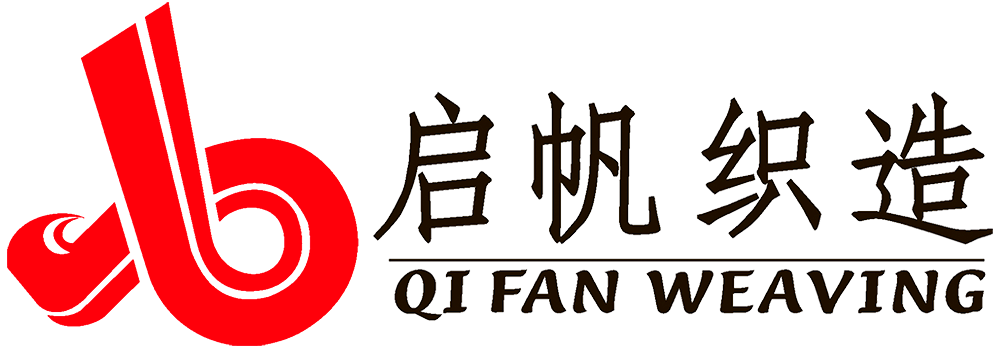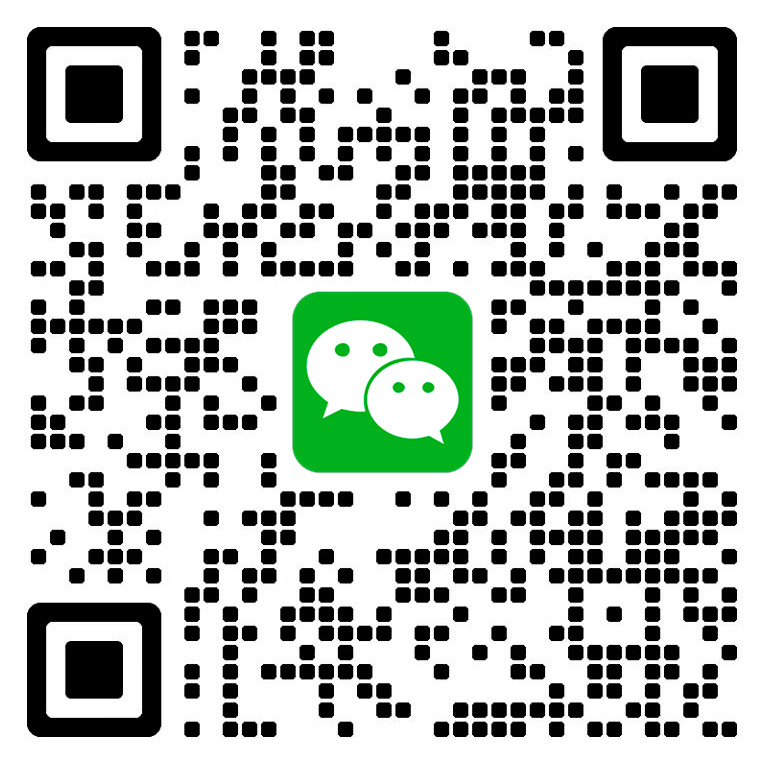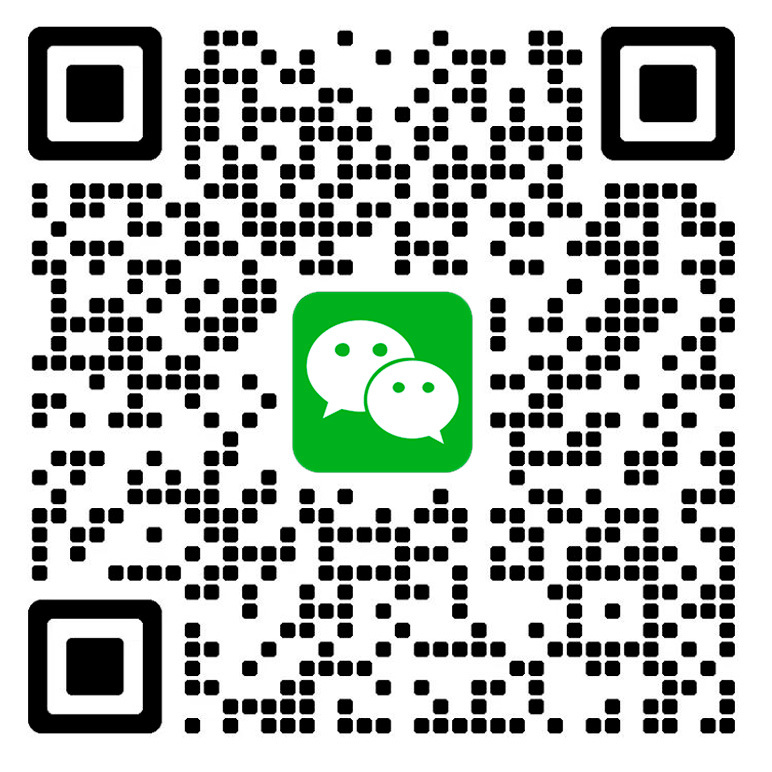17
2025
-
11
How to distinguish between woven and knitted clothing
Author:
Woven and knitted fabrics are the two most fundamental construction methods for garment materials, and they differ fundamentally in terms of hand feel, characteristics, and applications.
Woven and knitted fabrics are the two most fundamental construction methods for garment materials, and they differ fundamentally in terms of hand feel, characteristics, and applications.
Simply put, the most straightforward way to tell the difference is:
Woven fabric: Like a basket, it’s created by vertical interweaving of warp and weft threads, typically resistant to stretching.
Knitting: Like knitting a sweater, it’s created by interlocking loops of yarn, typically offering great elasticity.
Below, we'll conduct a detailed comparison from multiple dimensions:
Core Principle Comparison
| Dimension |
Woven garments |
Knitted garments |
| Basic Principles |
It is created by the perpendicular interweaving of two sets of yarns (warp and weft). The structure is stable. |
Made by bending one or more yarns into loops and interlocking them with each other. The structure is fluffy. |
| Intuitive metaphor |
Weaving baskets or cross-stitch |
Hand-knitted sweater |
| Fabric edge |
The edges tend to fray (raw edges), so they need to be overlocked. |
The edges are resistant to fraying, so overlocking isn't necessary. |
| Elasticity |
Low or no elasticity (unless elastic fibers like spandex are added). |
Naturally elastic, highly stretchable, and allows for effortless movement when worn. |
| Breathability |
Relatively poor, but it depends on the yarn density and material. High-count, tightly woven fabrics (such as shirt fabric) can also be highly breathable. |
Relatively better, the coil structure can retain more still air, providing both warmth and moisture-wicking breathability. |
| Thermal insulation |
It depends on the thickness, but generally the fabric has a tight structure, offering better wind resistance. |
The coil structure is fluffy, trapping more still air, which typically results in superior warmth retention. |
| Anti-wrinkle property |
Prone to wrinkling (e.g., cotton-linen shirts, suit pants). |
It resists wrinkling easily, and its coil structure can withstand a certain degree of deformation while still recovering. |
| Suspension性 |
It drapes well and features crisp, clean lines (such as suits and trench coats). |
The fabric drapes softly, hugging the body's curves more closely. |
| Common Fabrics |
Denim, shirt fabric, canvas, chiffon, poplin, suit fabrics, and more. |
Sweatshirt fabric, T-shirt fabric, terrycloth, ribbed fabric, fleece, wool sweaters, and more. |
| Common clothing |
Shirts, suits, jeans, trench coats, outerwear, down jackets, cheongsams, and more. |
T-shirts, hoodies, sweaters, underwear, sportswear, socks, leggings, and more. |
 |
 |
How to quickly tell the difference?
1. Tensile Test:
* Gently tug the fabric with your hands—if it barely moves or offers only slight resistance to stretching, it’s woven.
* If it stretches easily and quickly springs back after being released, it’s knitted.
2. Observe the coil:
* If you can clearly see coils neatly arranged in a "V"-shaped pattern nested together, it’s knitting.
* If you can see the interwoven threads, it’s woven fabric.
---
Summary and Selection Recommendations
* When choosing woven fabrics: You’re looking for a structured silhouette, crisp lines, stable construction, and durability. They’re ideal for crafting formal garments that need to hold their shape—such as suits and shirts—or wear-resistant pieces like jeans. The downside is limited mobility and a tendency to wrinkle easily.
* When choosing knitwear: You’re looking for comfort, a good fit, excellent elasticity, and ease of movement. It’s perfect for base layers, casual wear, and activewear. On the downside, it tends to snag easily, and overly tight-fitting styles may highlight figure flaws. Additionally, areas like the neckline and cuffs can become stretched or lose their shape over time with frequent wear. We hope this detailed explanation helps you clearly distinguish between woven and knitted garments!
Previous Page
Next Page
Previous Page
Next Page
Related News
undefined






